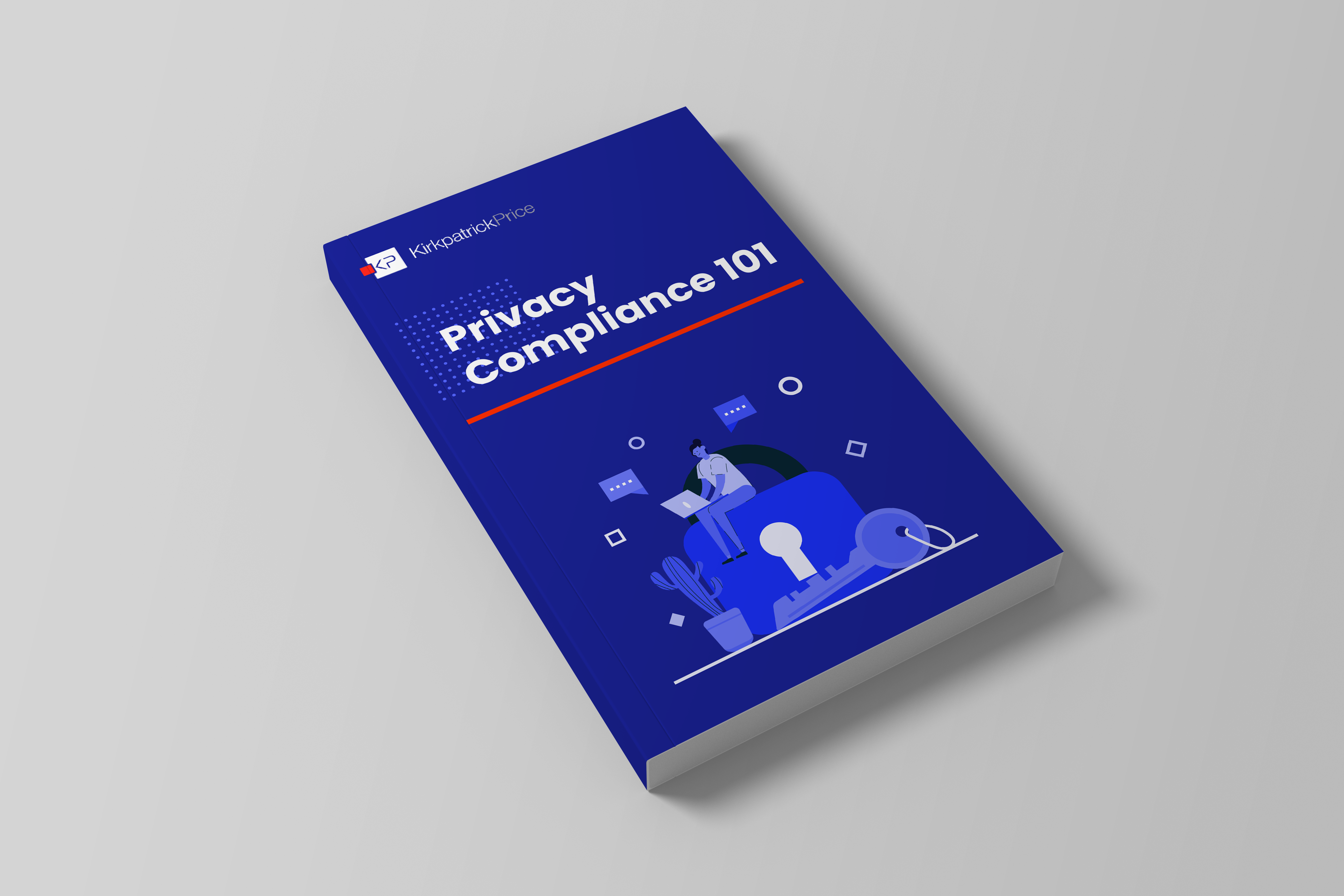
Why Data Mapping Is Critical for GDPR Compliance: A Comprehensive Tip Sheet for GDPR Compliance
We understand how hard it is to keep up with today’s privacy expectations. Privacy regulations are constantly evolving, and maintaining compliant data privacy practices is overwhelming.
One of the key aspects of building a compliant privacy program is learning where your data is, how it flows, and what regulations are affecting it. Data mapping, a GDPR requirement, is a great way to understand your data flow process as well as how to implement appropriate and compliant controls for your privacy program.
Data mapping creates a visual representation of an organization’s data flows. This includes the sources, storage, and destinations of personal data. It is an important part of GDPR compliance because it helps organizations understand how personal data is collected, processed, and stored. By identifying potential risks to individuals’ privacy rights, organizations can take steps to mitigate those risks.
What is a Data Mapping?
Data mapping is a process of inventorying personal information in business systems. It is a critical component of any company’s privacy program. Data mapping enables you to accurately connect sensitive data to the identity of the person associated with it. It helps organizations know where data resides, implement sufficient safeguards, and efficiently govern information. Data mapping is necessary to comply with data privacy regulations such as GDPR, CCPA, VCDPA, CPRA, and forthcoming privacy laws.
Data Mapping: The Key to Your Data Management Strategy
With the amount of data organizations possess these days, data mapping can feel like a big task; however, it’s essential to know what data you have and where it lives. In this tip sheet, we will explore eight compelling reasons why data mapping, specifically as a requirement for GDPR compliance, should be considered for your organization’s data management strategy.
1. Ensuring Compliance with GDPR
The General Data Protection Regulation (GDPR) imposes strict requirements for organizations managing personal data. Data mapping plays a crucial role in achieving GDPR compliance by identifying and classifying personal data elements. This process aids in documenting where data is stored, how it is processed, and who has access to it, ensuring adherence to the GDPR’s principles of fairness, transparency, and accountability.
2. Effective Data Integration
Data mapping supports the integration of personal data from multiple sources, enabling organizations to build a comprehensive picture of their data landscape. By mapping data elements accurately, organizations can identify any overlap, inconsistency, or duplicate records, ensuring data integrity and effective use of personal data across systems.
3. Enhancing Data Quality
Data mapping can significantly improve the quality of personal data collected and processed. By mapping data flows, organizations can identify any gaps, errors, or outdated information in personal data records. This enables data quality improvements, ensuring accuracy and reliability in meeting GDPR requirements.
4. Facilitating Data Inventory and Records of Processing Activities
Under the GDPR, organizations must maintain a comprehensive data inventory and records of processing activities. Data mapping simplifies this task by accurately documenting which personal data is collected, where it is stored, and how it is used or shared. This enables organizations to fulfill GDPR’s accountability requirements and respond more efficiently to data subject access requests.
5. Supporting Data Protection Impact Assessments (DPIAs)
Data mapping is a vital prerequisite for conducting Data Protection Impact Assessments (DPIAs) as required by the GDPR. By mapping data flows, organizations can identify high-risk processing activities and potential privacy risks associated with personal data. This enables organizations to implement appropriate safeguards, mitigating data protection risks and ensuring compliance with GDPR’s data protection principles.
6. Simplifying Data Subject Rights Management
The GDPR grants data subjects’ various rights, including the right to access, rectify, delete, and restrict the processing of their personal data. Data mapping provides organizations with a clear understanding of the location and storage of personal data, facilitating efficient management of data subject requests and ensuring timely responses to data subject rights.
7. Strengthening Data Governance and Accountability
Data mapping supports robust data governance, one of the core principles of GDPR compliance. Mapping data flows assists in establishing clear lines of responsibility and accountability throughout data processing activities. It also aids in ensuring data protection policies and procedures are maintained, enhancing overall transparency and GDPR compliance.
8. Securing Data Transfers
The GDPR imposes strict rules on transferring personal data outside the European Economic Area (EEA). Data mapping helps organizations identify all cross-border data transfers and ensures appropriate safeguards are in place to protect personal data during these transfers. With accurate data mapping, organizations can demonstrate compliance with GDPR’s data transfer requirements.
Data mapping is not only a fundamental technique for data integration, quality improvement, and streamlining business processes but it also becomes a crucial requirement for GDPR compliance. By recognizing the importance of data mapping in achieving GDPR requirements, organizations can ensure the lawful and responsible handling of personal data, building trust with individuals and avoiding regulatory penalties. Incorporating data mapping into your data management strategy is essential for meeting GDPR obligations and successfully navigating the evolving data protection landscape.
Make Sure You’re GDPR Compliant with KirkpatrickPrice
Managing and mapping the data your organization is responsible for can feel like a daunting task. You want to make sure you’re handling your client data responsibly so you can keep doing business with them. With KirkpatrickPrice, you don’t have to do it alone. If you have questions about GDPR compliance, data mapping, or data management connect with us today to work with one of our dedicated privacy practitioners like Suzette.
